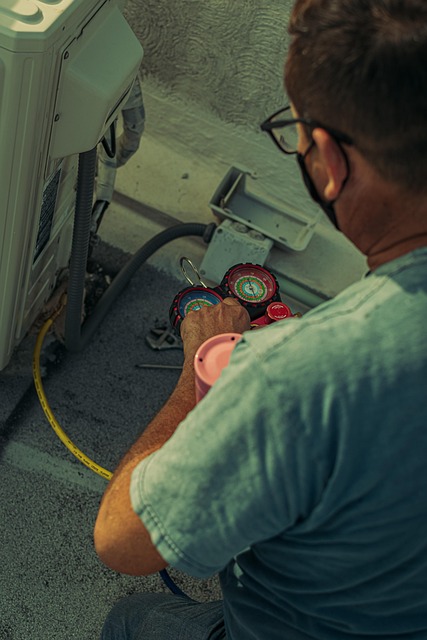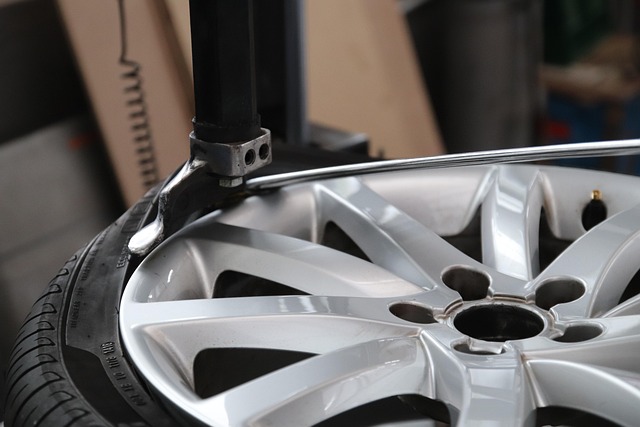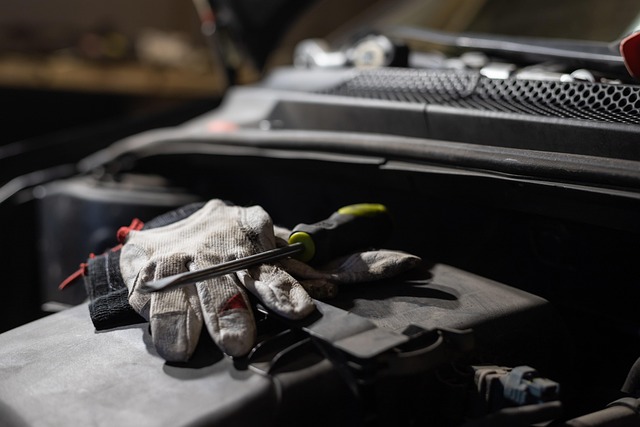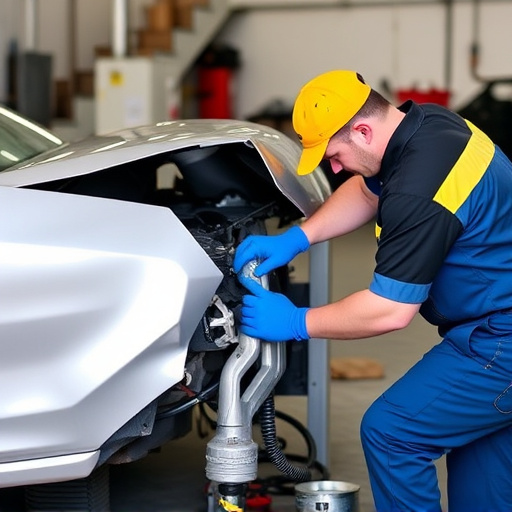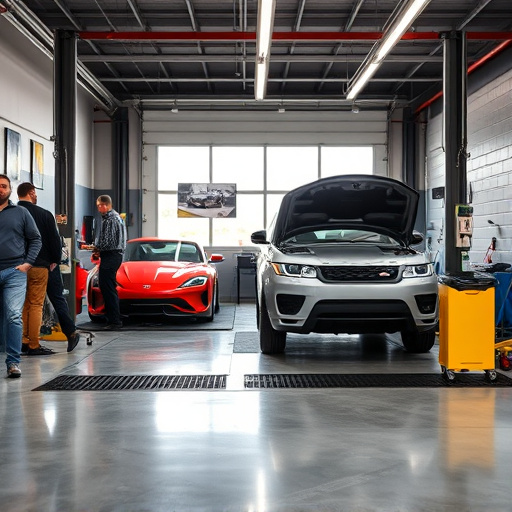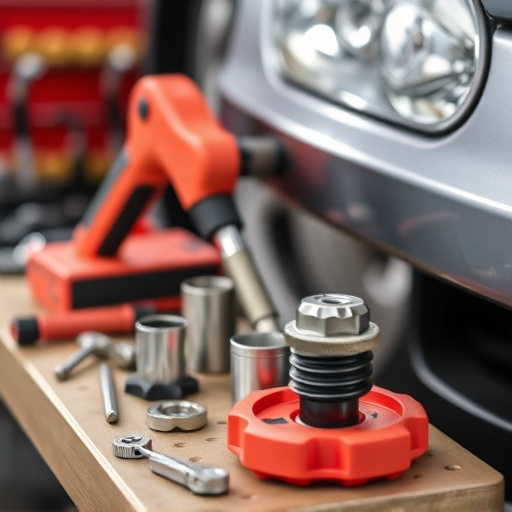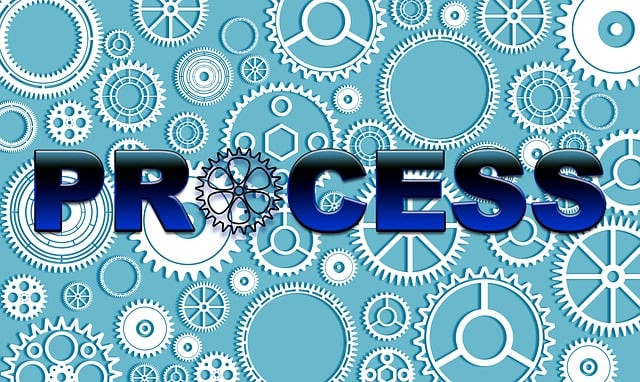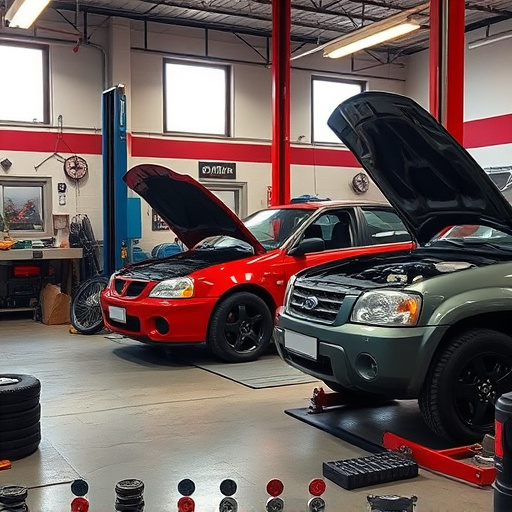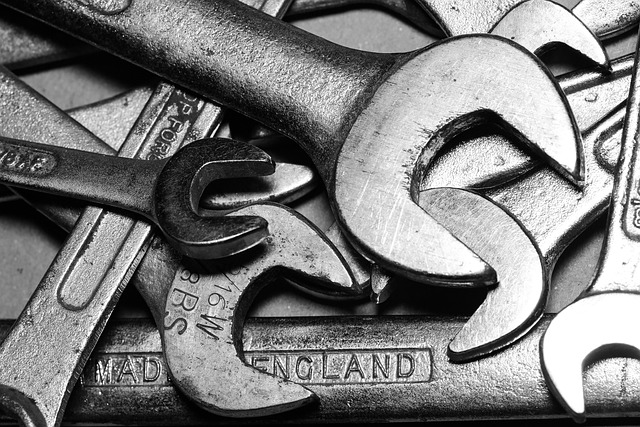In the digital age, customers actively research and form expectations for auto repairs, especially for brands like Mercedes Benz. Repair shops must manage these expectations through clear communication about timelines and costs, avoiding promises of instant fixes. Leveraging technology, such as online booking and digital imaging, enhances transparency and builds trust by enabling precise assessments and detailed planning, aligning with the evolving customer repair expectations.
In today’s competitive market, managing customer repair expectations is crucial for maintaining satisfaction and loyalty. This article explores effective strategies to address unrealistic customer repair expectations. We delve into understanding the root causes behind these expectations, providing insights on communicating realistic timeframes and costs. Additionally, we discuss leveraging technology for efficient repairs, ensuring timely and cost-effective solutions. By implementing these strategies, businesses can enhance their service delivery and foster stronger relationships with customers.
- Understanding Customer Repair Expectations
- Communicating Realistic Timeframes and Costs
- Leveraging Technology for Efficient Repairs
Understanding Customer Repair Expectations

Customer repair expectations are a fundamental aspect of modern auto care. In today’s digital age, where information is readily accessible, clients often research and form expectations about the services they require, including Mercedes Benz repair. They browse online reviews, compare pricing, and learn about common issues and their solutions. This newfound knowledge empowers customers to have clear ideas about what they need from an auto collision center or any local auto repair near me.
Understanding these customer repair expectations is crucial for businesses in the automotive industry. Auto repair shops must recognize that clients no longer settle for average; they demand efficient, reliable, and transparent services. Meeting these expectations requires a strategic approach, including clear communication about service processes, pricing, and turnaround times. By aligning their practices with customer needs, auto collision centers can foster trust and build long-lasting relationships with their clientele.
Communicating Realistic Timeframes and Costs
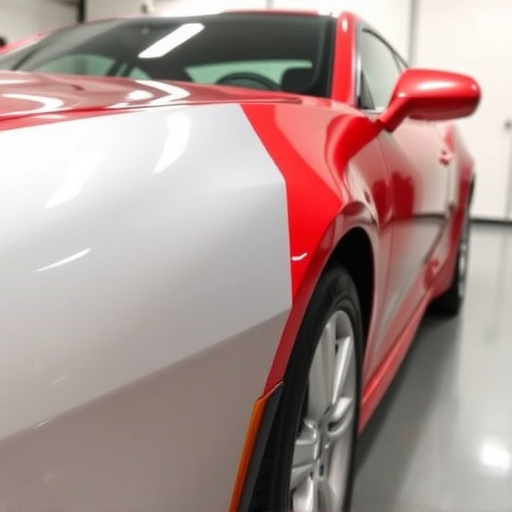
Setting clear and realistic expectations regarding timeframe and cost is a cornerstone when managing customer repair expectations. Many clients arrive at auto repair shops with ideas about how quickly their vehicle should be fixed, often influenced by marketing promises from competitors or past experiences with minor repairs like a simple fender bender. However, it’s crucial to dispel the myth of instant fixes. Complex auto repair services, especially involving vehicle paint repair, require careful assessment and can take significantly longer than a customer might anticipate.
When discussing these matters with clients, transparency is key. Mechanics should openly communicate the estimated time required for repairs, factoring in factors like part availability, complexity of the fix (like a vehicle paint repair), and the skill level needed to complete the job. Similarly, providing a breakdown of costs involved helps customers understand that an initial estimate may fluctuate based on unforeseen challenges during the auto repair process. This open dialogue fosters trust and ensures customers are prepared for both time commitment and financial investment in their vehicle’s repair.
Leveraging Technology for Efficient Repairs

In today’s digital age, leveraging technology is a powerful strategy to address and manage customer repair expectations. Efficient repair processes can be achieved through various tools that streamline communication, diagnostics, and documentation. For instance, implementing online booking systems allows customers to schedule appointments seamlessly, setting clear expectations from the get-go. Furthermore, mobile apps or dedicated software platforms can enable real-time updates on repair progress, keeping clients informed and satisfied. These technological advancements ensure transparency, fostering trust between the customer and the collision repair shop.
For specialized services like classic car restoration, where every detail matters, digital imaging and 3D modeling can be game-changers. These technologies allow for precise assessments, detailed planning, and accurate cost estimates. By providing customers with visual representations of the expected outcomes, repair shops can set realistic expectations and even offer virtual consultations. Thus, technology becomes an invaluable asset in managing customer satisfaction, especially when dealing with intricate repairs like dent repair or complex classic car restoration projects.
In addressing customer repair expectations, a balanced approach is key. By understanding customer needs, communicating openly about timelines and costs, and leveraging technology for efficiency, businesses can manage expectations effectively. These strategies not only enhance customer satisfaction but also foster long-term loyalty by ensuring repairs are completed promptly, cost-effectively, and with minimal disruption to the customer’s life.
